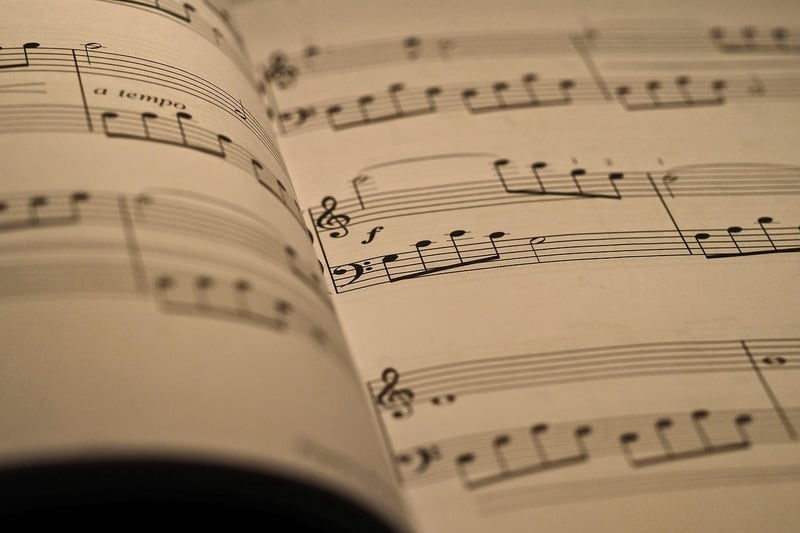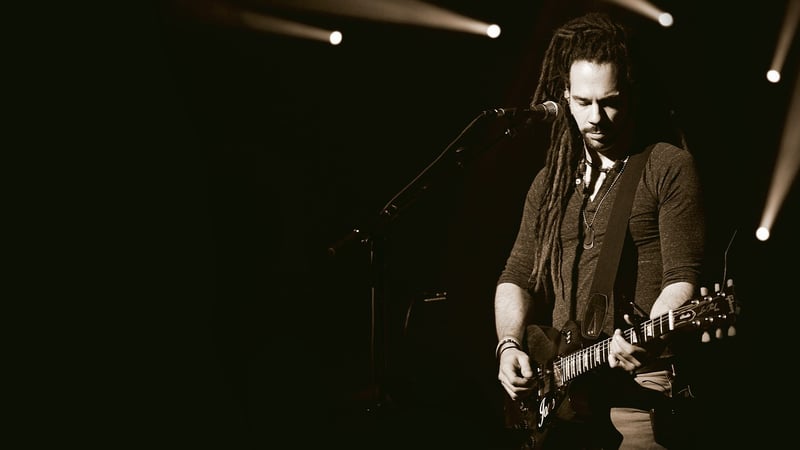Hip Hop
Expressive Movement and Rhythmic Flow in Hip Hop
Hip hop, as a cultural movement and musical genre, is characterized by its expressive movement and rhythmic flow. From its origins in the Bronx, New York City, hip hop has evolved into a global phenomenon that encompasses not just music but also dance, art, and fashion.
Expressive Movement in Hip Hop Dance
Hip hop dance is known for its dynamic and expressive movements that are often improvisational and reflect the individual style of the dancer. From popping and locking to breaking and krumping, hip hop dance styles are diverse and constantly evolving.

Rhythmic Flow in Hip Hop Music
Rap, a primary element of hip hop music, relies on rhythmic flow and lyrical dexterity. Rappers use intricate rhyme schemes, wordplay, and storytelling to convey their messages over beats that often feature heavy basslines and sampled melodies.

The Intersection of Dance and Music
In hip hop culture, dance and music are closely intertwined, with dancers interpreting the rhythms and lyrics of songs through their movements. This synergy creates a dynamic and immersive experience that engages both the dancers and the audience.
Evolution of Hip Hop
Over the years, hip hop has continued to evolve, incorporating influences from various music genres and cultural movements. Its ability to adapt and innovate while maintaining its core elements of expressive movement and rhythmic flow is a testament to its enduring appeal.

Conclusion
Expressive movement and rhythmic flow are at the heart of hip hop, defining both its dance and music components. The fusion of movement and music in hip hop creates a powerful and engaging art form that continues to inspire and influence people around the world.
